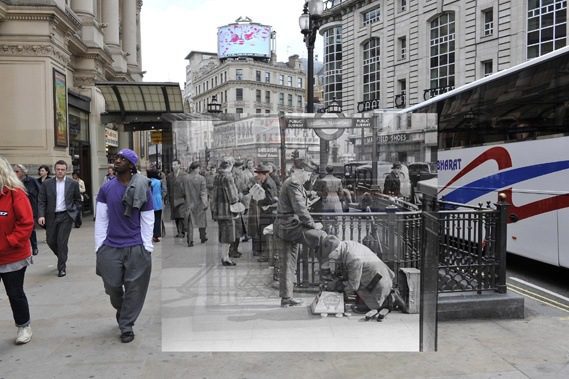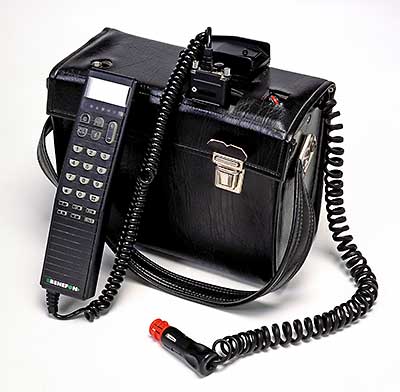Do you like museums? It’s funny, but we all know that, at least a part of us, MUST like visiting museums. It’s a necessary part of understanding who and why we are the way we are. Too often, though, it seems that museums are rendered a necessary evil for kids, or are teaming with confused tourists!
Taking museums from pure value to valuetainment

If you take a look at the origin of the word, museum, you need to go back to the Greek meaning “library, study,” which seems a far cry from a muse, or even an amusing place. Today’s definition of a museum is “a building or place where works of art, scientific specimens, or other objects of permanent value are kept and displayed.” (Source: Dictionary Online). If museums are a place to store permanent value, that value must also be measured — at least to some extent — in the eye of the beholder, that is, the paying customer (whether it is the taxed citizen or ticket paying punter). Thus, I believe that museums would do well to increase the entertainment value of their place of study. Maybe we could coin the term valuetainment?
Bringing new technology into play
Just because there is value in the location, does not mean that the confines must be stodgy and “old fashioned”. In the world of curators and art historians, there is great value placed in academia and tradition. However, the challenge is to stay up with the times. It seems, meanwhile, that a number of museums have started to integrate new technologies in an effort to make the learning more accessible, enjoyable and, therefore, effective. What about an interactive iPad audio/video guide to accompany us, instead of those clunky, poor sounding albatrosses one must put around the neck. There have been some cases of augmented reality being used by museums (e.g. Getty, Louvre); and I loved this Street Museum app from the Museum of London (see picture below). For the museums taking the plunge into new technologies, I would wager that ticket sales are better, hopefully providing a reasonable ROI! Any feedback welcome!

Museum Management Mindset

Another notion that struck me recently is that museums are typically considered a place to display pieces of our history. Thus, it is funny that, these days, a museum may contain items that are less than 30 years old. What better proof that time has accelerated? Motorola’s Dynatac “mobile” telephone (much less those POTS from the 1920s and 1930s) is now a true relic. The famed Nokia Mobira cell phone from 1982 or the 2nd generation (pictured left) is now a dinosaur. The first PC is hysterical for its size and slowness.

Constant change
This acceleration in technology implies an even more pressing need for ongoing learning and updating. This means that management must put heightened emphasis on permanent education and constant learning. The reason this is so vital is that this technology is more often than not central to our communication systems. And, communication is the lifeblood of our society, our armed forces, not to mention our businesses.
Some people live with the belief that museums must have items that are hundreds of years old. The same people too often look at new technology with distant eyes. If museums can now expose artifacts that are just twenty years old, it is now incredibly important (I mean strategic) for management to keep up with the new technology. Both HR and IT departments must accompany the organization to avoid falling into a museum mindset.
Charge your batteries
Consider the knowledge bank as a battery. It needs to be recharged on a regular basis… and, as processor speed improves, the faster that battery must be improved in efficiency, to enhance endurance and portability. A transformation in management mindset is called upon urgently to move from what I call “a museum mentality” to a state of constant learning. I would love to hear what your company is doing to shift mindsets and improve its digital IQ?
Photo credit for Philadelphia Museum of Art : http://artsmarttalk.blogspot.se/2011/09/philadelphia-local-works-on-paper-at.html











Museum attract increasing numbers of visitors, and some are developing entertaining and educational forms with AR, or interactive scenes, hands-on sessions, etc.. It should not be only a place to hang or display stuff, but to engage. I still regret that Versailles's Baron Lejeune exhibit did not comment more on geolocation of the many battles, such as the battle of Lodi, (where is it? what is?), on the historical context (being an officer for Napoleon, going to war as a Republic against monarchies), interconnection with lifestyles of 1810, legal changes (profound many legal changes affecting all European countries were decided at that time), financial consequences on France, restoration of a royalty, etc.. Hard for children or for anyone not especially inclined for history to appreciate the paintings, outside the pure aesthetics.